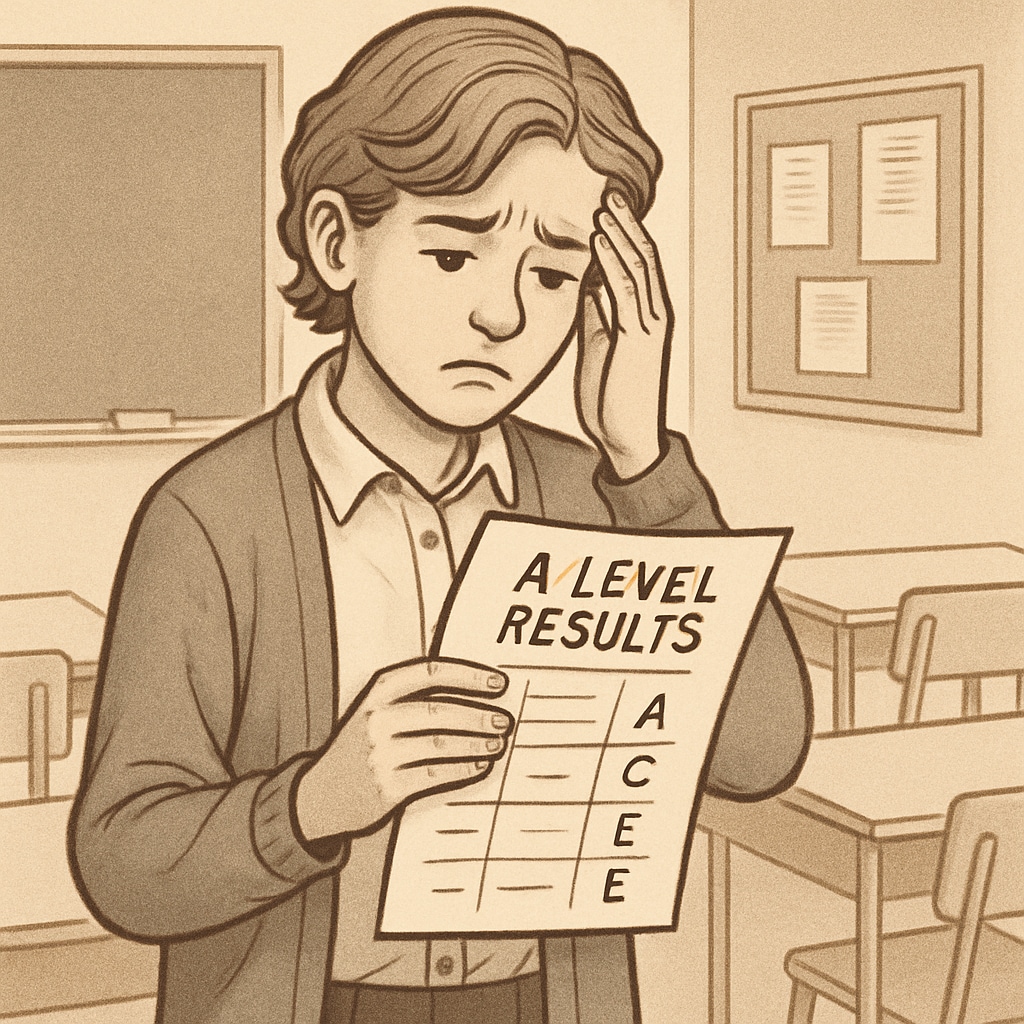The moment A-level results are released marks a pivotal point in many students’ lives. For those whose grades fall below expectations, the challenge can feel overwhelming. Navigating the crossroads of education choices—retakes, enrolling in a lower-ranked university, or pursuing a foundation year abroad—requires careful consideration to ensure a positive step forward. This article delves into these options, offering a clear path for students and parents to make informed decisions about their educational future.

Option 1: Retaking A-level Exams
One of the most common responses to disappointing A-level results is to retake the exams. Retakes provide students with a second chance to improve their grades and meet entry requirements for their desired universities. However, this path is not without challenges.
- Advantages: Retaking exams allows students to focus solely on subjects they struggled with, enhancing their chances of success. It also provides an opportunity to reassess study strategies and seek additional support.
- Disadvantages: Retakes can be time-consuming and expensive. Additionally, the pressure to perform better a second time may exacerbate stress.
Before committing to this route, students should evaluate their ability to handle the emotional and financial demands of a retake year.
Option 2: Enrolling in Lower-Ranked Universities
If retaking A-levels feels unappealing, another option is to explore universities with lower entry requirements. These institutions often provide valuable learning opportunities and support systems, but students should consider the potential impact on their long-term career goals.
- Advantages: Immediate enrollment allows students to progress without delay. Universities with lower rankings may still offer specialized programs and dedicated faculty that align with students’ interests.
- Disadvantages: Graduating from a less prestigious institution may affect job prospects in competitive industries. Additionally, students may feel dissatisfied if the university’s offerings do not meet their expectations.
It’s crucial to research the programs, facilities, and career support available at these universities to ensure they align with individual aspirations.

Option 3: Pursuing a Foundation Year Abroad
For those seeking a fresh start, enrolling in a foundation year abroad can be an exciting alternative. These programs are designed to bridge academic gaps and prepare students for undergraduate study, often at internationally recognized universities.
- Advantages: Foundation years typically offer tailored support, including language training and skill development. Studying abroad expands cultural horizons and enhances global employability.
- Disadvantages: Moving abroad comes with financial and logistical challenges. Students must also adapt to new environments and educational systems.
Popular destinations for foundation year programs include the UK, Australia, and Canada. Organizations such as UCAS (UCAS official website) and Study Abroad portals (Study Abroad resources) can provide essential information and guidance.
Making the Right Choice
Ultimately, the path forward depends on individual circumstances, ambitions, and resources. Students should reflect on their strengths, weaknesses, and long-term goals before deciding. Consulting with academic advisors or career counselors can provide valuable insights and clarity.
While disappointing A-level results may feel like a setback, they often serve as a catalyst for personal growth and resilience. By exploring alternative educational pathways, students can find an opportunity to thrive and achieve success in unexpected ways.
Readability guidance: Use short paragraphs and lists to organize key points. Avoid jargon, maintain a logical flow, and incorporate transitional phrases for clarity. Engage readers by balancing optimism and realism in tone.


